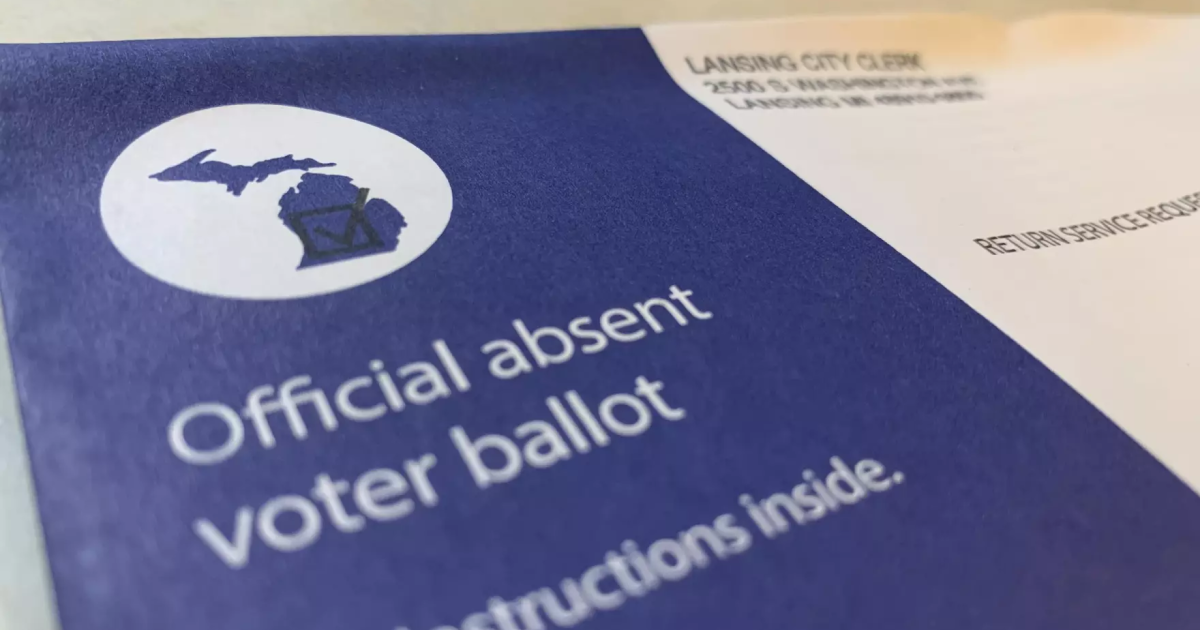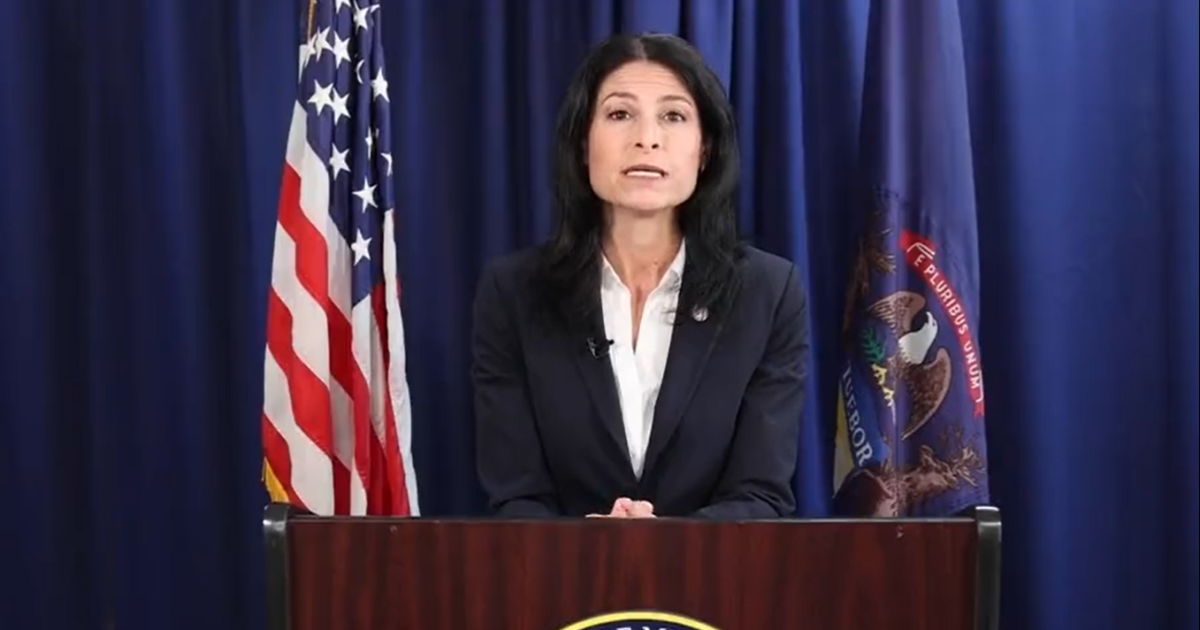Expert Highlights Economic Risks Amid Varying State Growth Patterns
As the nation faces potential economic turbulence, nearly a third of U.S. states are at significant risk of recession, according to insights from Moody’s Analytics Chief Economist, Mark Zandi. The economic situation isn’t uniform, however, with states showing varied economic trends. Another third of the states are merely maintaining their current economic status, while the remaining third are continuing to grow.
Mark Zandi shared in early August that the United States might be on the verge of a recession. In a more recent update through social media, he elaborated on the concerning state of various U.S. regions.
“States experiencing recessions are spread across the country, but the broader D.C. area stands out due to government job cuts,” Zandi noted. He highlighted that Southern states, while presently strong, show signs of slowing growth. Meanwhile, the economies of California and New York, which comprise over a fifth of the national GDP, remain steady, crucially anchoring the U.S. against a broader downturn.
The Atlanta Fed’s GDP tracker anticipates that nationwide growth will slow, forecasting a decline from a 3% growth rate in the second quarter to 2.3% in the third quarter.
Breaking down by state, the following categories emerge:
- Recession/high risk (22): Wyoming, Montana, Minnesota, Mississippi, Kansas, Massachusetts, Washington, Georgia, New Hampshire, Maryland, Rhode Island, Illinois, Delaware, Virginia, Oregon, Connecticut, South Dakota, New Jersey, Maine, Iowa, West Virginia, District of Columbia*.
- Treading water (13): Missouri, Ohio, Hawaii, New Mexico, Alaska, New York, Vermont, Arkansas, California, Tennessee, Nevada, Colorado, Michigan.
- Expanding (16): South Carolina, Idaho, Texas, Oklahoma, North Carolina, Alabama, Kentucky, Florida, Nebraska, Indiana, Louisiana, North Dakota, Arizona, Pennsylvania, Utah, Wisconsin.
Zandi’s recent predictions have been scrutinized through a machine-learning-based recession indicator, which he indicates places the likelihood of a downturn at 49% within the next 12 months.
While initiatives such as tax cuts and defense spending are being eyed to bolster economic growth, substantial impacts are not expected until the following year. “The economy will be most vulnerable to recession toward the end of this year and early next year,” Zandi explained, pointing out the potential repercussions of inflation, tariffs, and stringent immigration policies on consumer spending power.
A downturn could be precipitated by various factors, Zandi warned. A key concern is a decline in the Treasury bond market, which could elevate long-term yields. Additionally, he noted that the labor market is showing signs of stress, with employment dropping across more than half of industrial categories—an indicator historically linked to recessions.
Last month’s job market updates reflect further economic strain. Payroll numbers grew by only 73,000 jobs, contradicting expectations of 100,000. Moreover, revisions for May and June sharply reduced previous employment growth estimates, casting doubt on the robustness of job creation figures.
Given these revisions, Zandi expressed concern that future data might reveal actual declines in employment, with more than half of the industries showing job losses, a situation reminiscent of past recessions.










